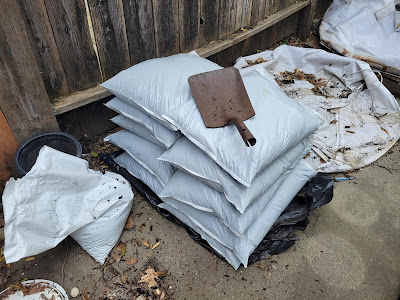Despite the 2020 surge in gardening interests, it seemed that there was little change in how soil blocks were being made. Since 1998, Ladbrooke was the primary manufacturer of soil blocking tools. While these tools were instrumental in helping gardeners like me produce compressed soil cubes that can be used to transplant seedlings without root shock, the difficulty in learning how to produce blocks along with the time required to do so has always been a struggle for me.



When watching a video of Joe Lamp’l making soil blocks in his greenhouse, I noticed that the soil blocks were being made in a different way. He had some product that enabled him to first put the soil mix in (much more dry than traditional mixes) into an outer mold, then a separate set of inner molds that press into the lower mold to compress the soil blocks. I was both captivated and interested. If someone who would normally not grow soil blocks is successful with them, perhaps there is something to this.


Many YouTube videos later, I decided I would purchase one of these blockers – if they would ever come out with a mold that made a larger 2-inch sized block. I contacted the owner of the company, Swiftblocker, to find out that they were already working on the development of such a soil blocker, the Swiftblocker 50.


After getting it, I tried out making a set of blocks. On the very first try, I made a beautiful set of 50 blocks in the time it would take me to make 20 blocks. Despite its larger size, because the mix does not need to be as wet, I can reuse the blocker to make more flats of soil blocks again and again until I am done with my blocking session.


One of the only problems that I encountered was that the Swiftblocker 50 left no room to maneuver the blocks. In order to take blocks out, I would have to move from deep trays to shallow trays. Additionally, it would be better if I had a tray that was completely flat on the bottom. The only good option for this was an Epic 1020 Universal Bottom Tray. I also bought a fully metal dough scraper to help with distributing the soil on the top of the tray before pressing it with the inner mold.



Lastly, I will say that I also purchased a small version of a 2.5 inch soil blocker. It didn't save as much time as the Swiftblocker 50 and, had I known some of the challenges in using it, I may have not purchased it. With that being said, if you are a small market farmer or a very big gardener, I would definitely suggest getting a larger Ladbrooke soil blocker to make your life easier.















































